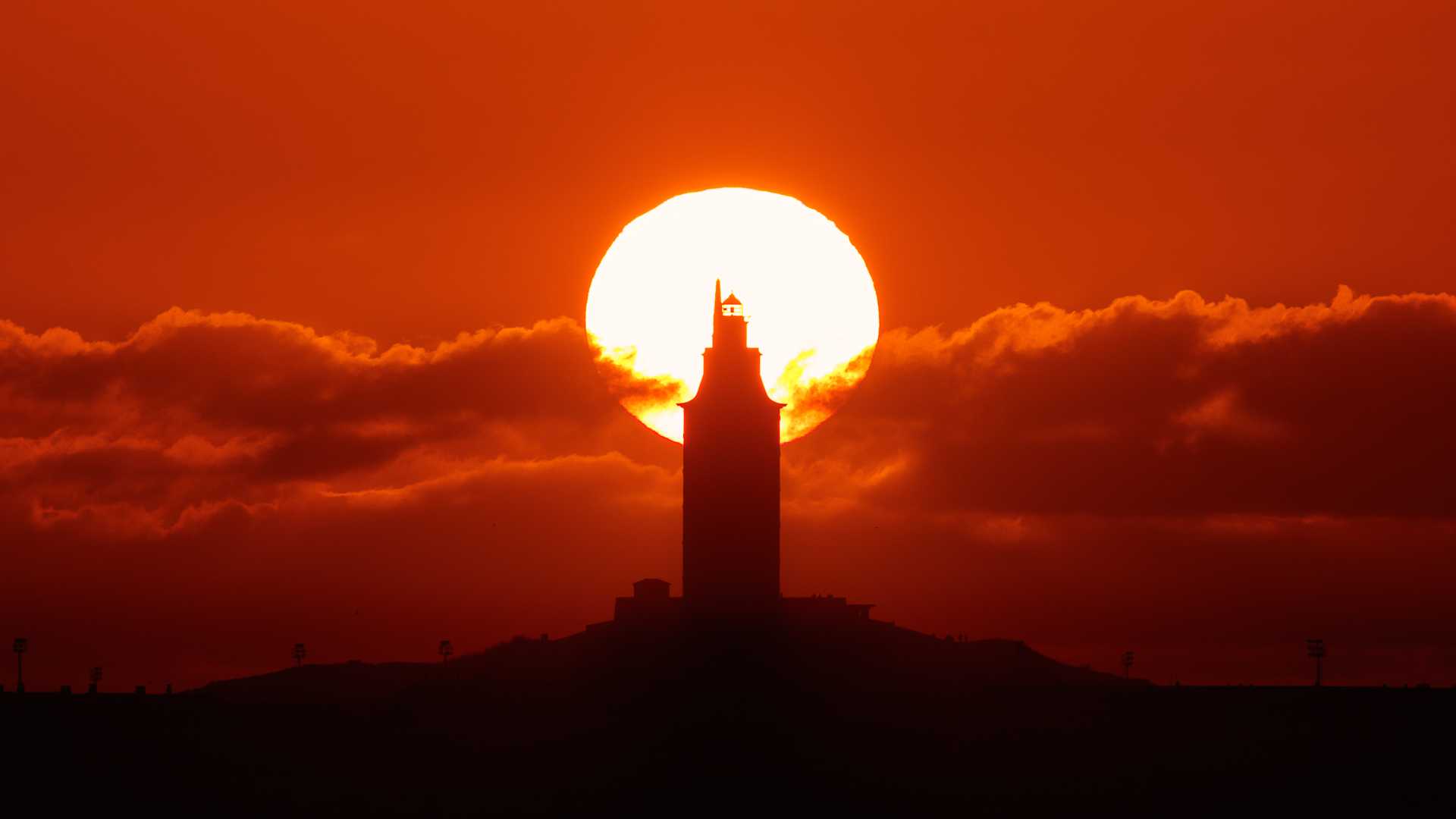Hidden Gems of Galicia: Spain's Coastal Paradise
Galicia, a gem in the northwest corner of Spain, is a land where lush landscapes meet the rugged Atlantic coast. This autonomous community, known for its rich culture and history, captivates visitors with its unique blend of natural beauty and vibrant traditions. The moment you arrive, you are enveloped by the verdant hills, misty mornings, and the scent of the sea, creating a sensory experience that is both invigorating and soothing.
The city of Santiago de Compostela, Galicia's capital, is famed as the culmination of the Camino de Santiago pilgrimage. The city's ancient streets, lined with historic buildings, lead to the majestic Cathedral of Santiago de Compostela. This architectural marvel is not only a religious site but also a testament to Gothic, Baroque, and Romanesque styles. Pilgrims and tourists alike are drawn to this sacred place, where the relics of St. James the Apostle are believed to rest. In the evenings, the Praza do Obradoiro, the main square, comes alive with the sound of Galician bagpipes and the laughter of those who have completed their long journey.
Venture beyond Santiago, and you'll discover a diverse landscape that ranges from the dramatic cliffs of Costa da Morte to the serene beaches of the Rías Baixas. The coastline is dotted with charming fishing villages like Combarro, where traditional hórreos (granaries) stand on stone stilts along the water's edge. These picturesque scenes are perfect for leisurely exploration, offering glimpses into Galicia's maritime heritage. In contrast, the interior is characterized by rolling hills and dense forests, offering countless hiking trails and the chance to encounter the region's wildlife.
Galicia's culinary delights are another highlight. The region is renowned for its seafood, particularly octopus, or pulpo, which is often served at local fairs and festivals. Enjoying a plate of pulpo a la gallega, seasoned with olive oil, paprika, and coarse salt, is a must. The local wines, particularly Albariño, pair wonderfully with the fresh seafood and provide a taste of Galicia's vinicultural tradition. Markets like Mercado de Abastos in Santiago de Compostela offer an immersive experience where you can sample local cheeses, cured meats, and other regional specialties.
The cultural richness of Galicia is evident in its language, music, and festivals. Galician, a language closely related to Portuguese, is widely spoken and adds to the region's distinct identity. Music is an integral part of life here, with traditional tunes played on gaita (bagpipes) and tambourines often heard at celebrations. Festivals such as the Festa de San Froilán in Lugo and the Rapa das Bestas in Sabucedo showcase the vibrant traditions and communal spirit that define Galician culture.
Galicia is also home to an impressive array of historical sites. The Roman walls of Lugo, a UNESCO World Heritage site, offer a glimpse into the region's ancient past. These remarkably preserved walls encircle the old town and provide a panoramic view of the city. Similarly, the Tower of Hercules in A Coruña, the oldest functioning Roman lighthouse in the world, stands as a symbol of Galicia's enduring connection to its maritime roots.
In Galicia, every path seems to lead to a new discovery, whether it's a hidden beach, a bustling market, or a quiet village where time seems to stand still. This captivating region invites you to slow down, savor its unique flavors, and immerse yourself in its rich tapestry of history, culture, and natural beauty.
 Crafted by AI with care. Click to learn about our approach
Crafted by AI with care. Click to learn about our approach




